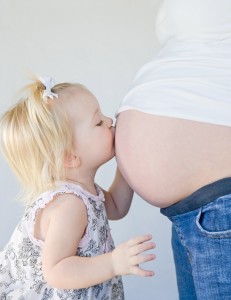Today, a colleague sent a reminder about the importance of sharing information about where babies come from with preschoolers. This is a common question for young kids and it’s much better for them to ask their parents. When parents answer about reproduction, this establishes them as the “go-to” person and that can help protect kids.
 There’s some other information that is critical for kids too. Here are 3 basics that kids need to know:
There’s some other information that is critical for kids too. Here are 3 basics that kids need to know:
- the difference between private spaces and public spaces,
- the body-science names for all parts of the body, including the private parts, and
- different kinds of touching–safe touching, unsafe, and secret.
These points establish some boundaries and safe-zones. Bathrooms are private spaces but the circle time at preschool and kindergarten is public. Safe touch includes washing, pats on the back, hugs, and snuggles. Getting a sliver pulled out doesn’t feel good but it’s a safe touch. Kicking, biting, hitting, and pinching are unsafe touches and kids are usually pretty good at knowing this isn’t allowed because it hurts other people. Secret or private touch is for grownups. Just knowing the correct names of body parts can help protect kids because it gives the message that parents and kids have talked openly about this. Plus, kids have the right words to tell us about any concerns and problems.
Below, is a video of an interview with Kerri Isham, a certified sexual health educator. She talks about these and other basics. Most of the video is relevant for all kids, and then the last few minutes for older children. Most libraries have great books and stories to share with kids about babies, reproduction, and our bodies. All parts of the body are equally special, not just the private ones.
For a play-of-the-day, you can sing Head and Shoulders, Knees, and Toes and then ask your child if s/he knows the names of the private parts of the body. Can you suggest a book or story to use with kids?
